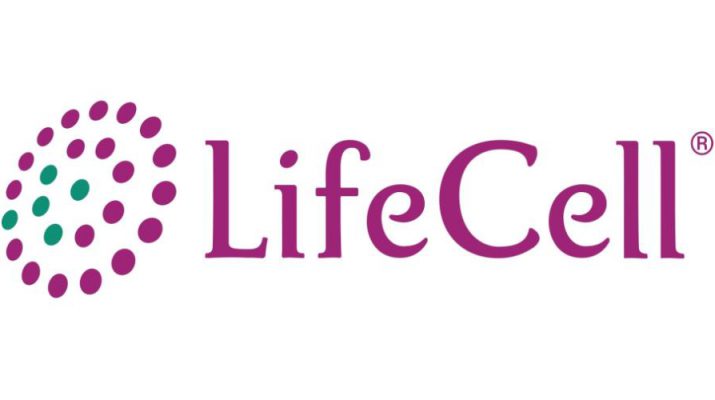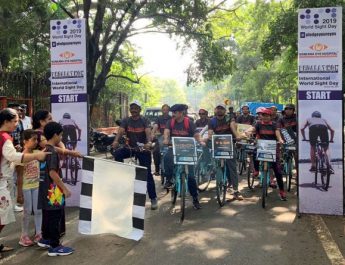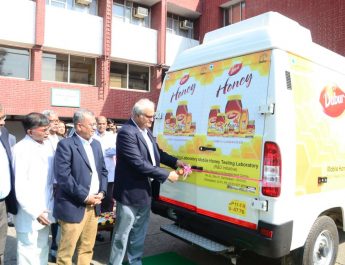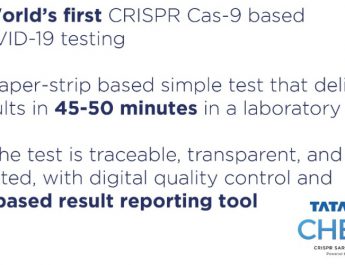Records preservation of 50,000 qualified donor cord blood stem cell units
In its stride towards offering comprehensive stem cell solutions and hope for treatment of many critical disorders, LifeCell, has announced its remarkable surge in its community banking inventory by clocking over 50,000 consented and qualified donor stem cell units.
This inventory, which is set to grow continuously, helps in overcoming the search burden for finding matching stem cells when needed, by enabling a 97% probability of finding a HLA matching stem cell unit on a match1 from the community inventory.
This means a lot to the families who have preserved their babies’ stem cells with LifeCell since there is almost a complete assurance of finding a matching stem cell from the community inventory.
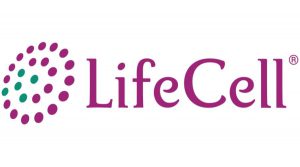 Stem cell transplantation being considered as probably the only treatment options for a wide array of blood disorders, however there are only about 2,000 stem cell transplants done in India every year while 80,000 to 1,00,000 annual transplants are required to meet the large burden of blood cancers and fatal blood disorders in the country2. With over 70% of all patients who need a lifesaving stem cell transplant not being able to find a matching donor in their family3 the demand for unrelated donor stem cells is increasing but there aren’t too many of them available. Hence the chances of finding a donor match is as low as 10% to 15% compared to the West where the chances are high at around 60% to 70%2.
Stem cell transplantation being considered as probably the only treatment options for a wide array of blood disorders, however there are only about 2,000 stem cell transplants done in India every year while 80,000 to 1,00,000 annual transplants are required to meet the large burden of blood cancers and fatal blood disorders in the country2. With over 70% of all patients who need a lifesaving stem cell transplant not being able to find a matching donor in their family3 the demand for unrelated donor stem cells is increasing but there aren’t too many of them available. Hence the chances of finding a donor match is as low as 10% to 15% compared to the West where the chances are high at around 60% to 70%2.
Hence this milestone further strengthens LifeCell’s Community banking as India’s largest preserved inventory of cord blood stem cells that acts like a closed donor group for the families that have preserved their baby’s umbilical cord blood stem cells at birth. Additionally, since there are no restrictions on utilising any number of matching cord blood stem cells units from the community bank inventory, the entire family including the parents and grandparents can now benefit from the protection of stem cells at no additional cost when the need arises. For expectant parents, this inventory strongly establishes the need to preserve their baby’s cord blood stem cells at birth under community banking for complete protection of their family
Speaking on the milestone, Mayur Abhaya, Managing Director, LifeCell said, “Our community banking model is aimed to resolve the dearth of matching stem cells when there is a need in the family. With this landmark milestone, we are confident that our protection extends not just for the child but the entire family including grandparents. India being highly short on donors, we are glad that we would be able to offer hope in the unfortunate incident of a critical disorder where there is a need for matching stem cells”
LifeCell’s community stem cell banking model has been gaining large acceptance and global recognition for offering matching cord blood stem cells from the common community pool to the families of the child who require matching stem cells for transplant. With increasing awareness on the benefits & family protection offered by community banking, LifeCell is confident that it would be able to build higher inventories thereby further increasing not just the chances but also the number of available matched units for the families.
Senior Hematologist, Oncologist and Bone Marrow Transplant Specialist Dr. Sandip Shah from Ahmedabad, Gujarat said, “As a co-author of a research paper co-funded by the ICMR a few years ago, we had predicted that with an umbilical cord blood registry size of 25,000 donor samples of Indian origin, >97% Indian patients would find a minimum matching sample. We are happy to see that LifeCell International not only brought this innovative concept of Community Stem Cell Banking in India, but have achieved the milestone of over 50,000 qualified and consented cord blood units in their registry in a short span of three years. Their data is aligned to our predictive model and for Indian patients who do not have a suitable human leukocyte antigen (HLA)-matched family donor. Such exclusive unrelated donor registries of banked cord blood units provide the potential for successful haemopoietic stem-cell transplantation.”

